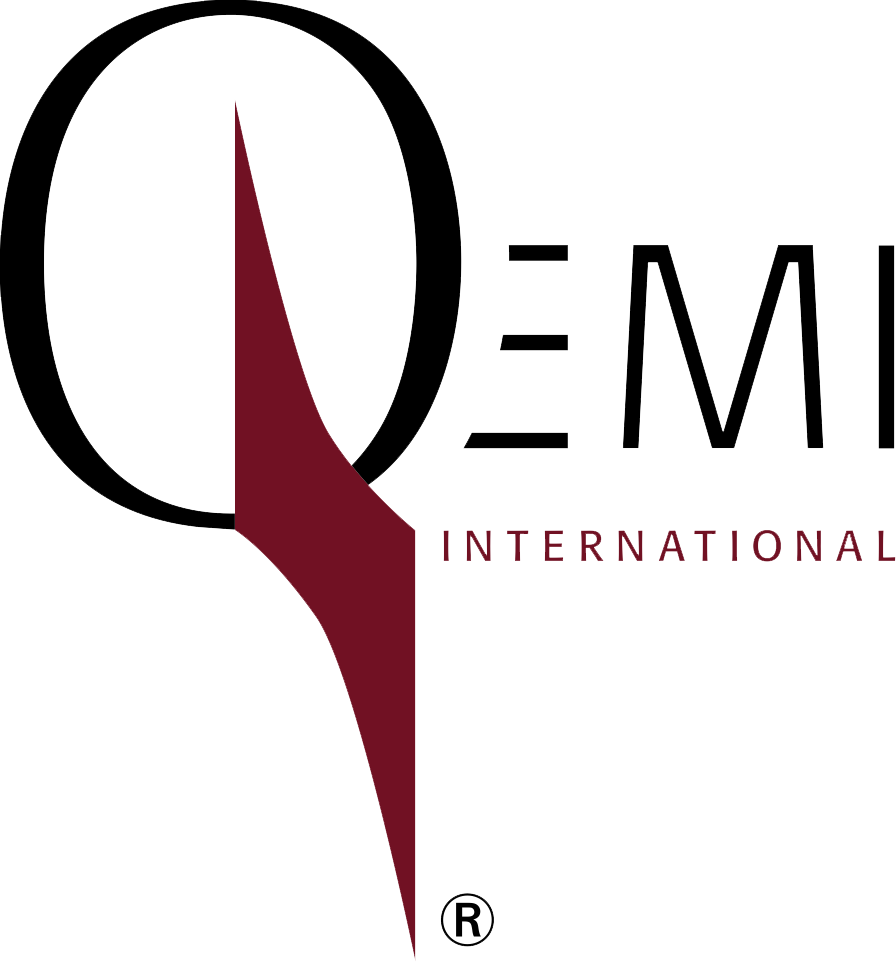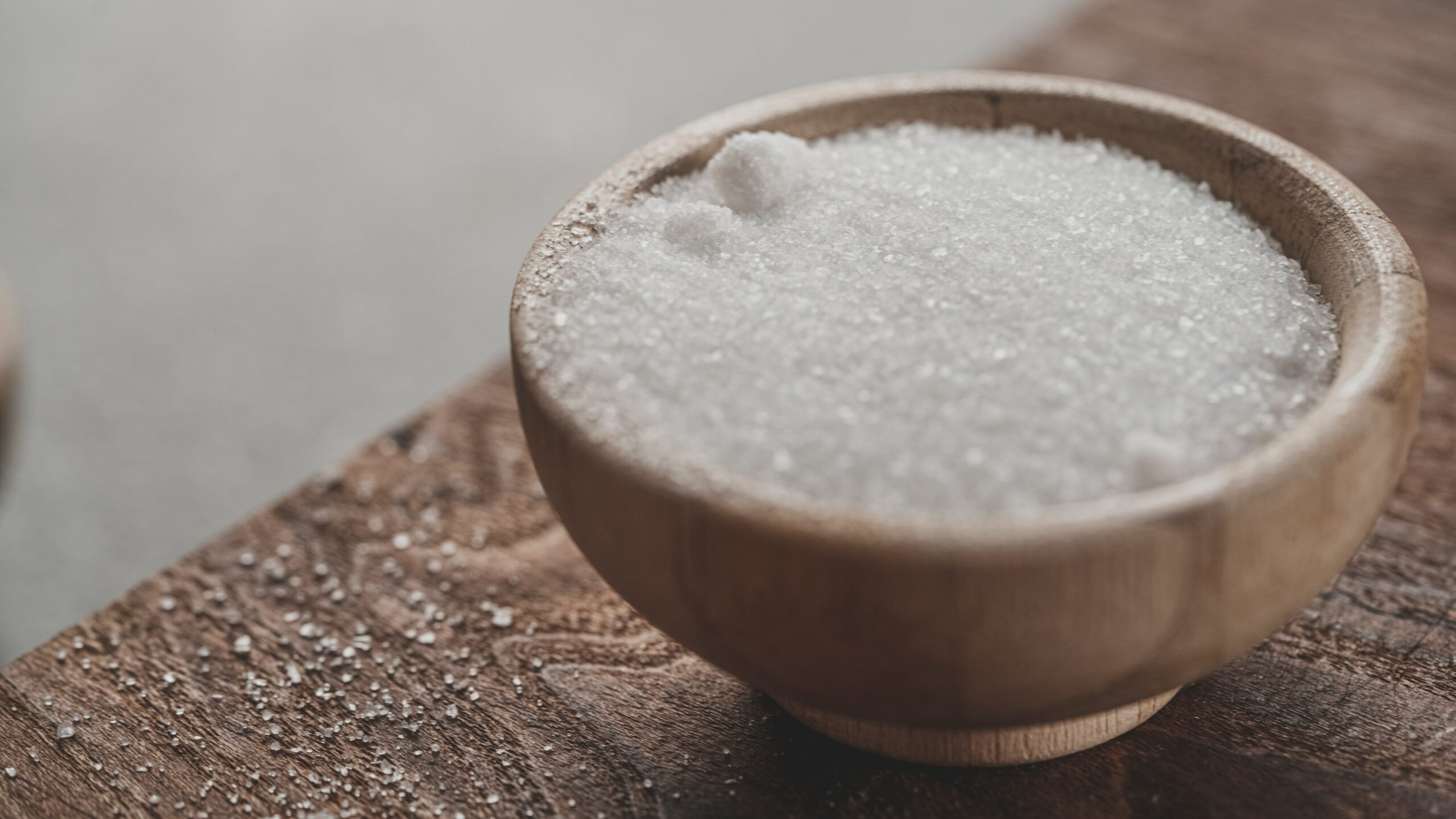Manufacturing sugar involves many stages, including crushing, clarification, and crystallization. Following the initial steps of removing impurities (clarification) and evaporating the liquid to reduce its water content, we obtain a yellow-to-tan colored raw sugar syrup that must be further decolorized before being sent for crystallization.
The sugar syrup obtained after filtration and precipitation will still have a color—mainly because of the organic impurities—that are difficult to remove. Ion exchange resins (IER) remove color through exchange and adsorption and is the cheapest and cleanest method for reducing sugar color. It is mostly used in the final decolorization step.
Keep reading to understand the decolorization process using ion exchange resins.
Decolorizing Sugar Using Ion Exchange Resins
Using ion exchange resins in the sugar decolorization process is integral to the overall operation. The ability to remove impurities from the sugar without affecting its quality makes it possible to produce a higher-quality product.
During regeneration, the IER system exchanges one ion for another, temporarily holds it, and then releases it into a regenerated solution. In the sugar industry, the resins used are strong base anion (SBA) exchange resins.
After the cane pretreatment, many color bodies remain hydrophobic (repel water) and anionic (negatively charged). Because color bodies bind to the resin beads via both ionic and hydrophobic interactions, macroporous, strong-base anion exchange resins are an excellent choice for color removal. When compared to other options, such as activated carbon and bonechar, ion exchange resins provide superior performance and process efficiency.
There are mainly two types of resins used in the sugar industry: styrenic and acrylic.
Acrylic Resins
Acrylic resins can effectively remove high levels of color from the syrup. The acrylic groups are moderately selective for cane-color components, allowing the adsorbed color to be easily removed during regeneration.
Styrenic Resins
Styrenic resins are superior decolorizers with high selective capacities for cane sugar color components. These resins are extremely efficient and yield a much lower color than what can be achieved with acrylic resins.
Depending on the syrup coloring, single or multiple passes through resin beds can be performed. The resin choice and the number of beds depend on the exit color requirements.
Advantages of Ion Exchange Resin in Sugar Decolorization
One of the main advantages of the resins is that they can be regenerated, reducing the solid waste from the process. The resin process can be easily automated and is also much more hygienic than other methods because the liquor and adsorbent are always contained inside a closed vessel.
Because this method uses less energy, requires less labor, has lower maintenance costs, and reduces sugar waste, the cost is significantly lower than other traditional granular carbon or bone char methods. Apart from cost, IOR uses less bulky systems, which in turn improves usability.
Learn more about cane sugar processing and using IOR for sugar decolorization from Qemi International, Inc. We are the leading suppliers of water-soluble polymers and specialty chemical products and can answer any of your chemical needs. Our team is experienced in
finding high-performing solutions to your unique requirements. Contact us today for more details.

